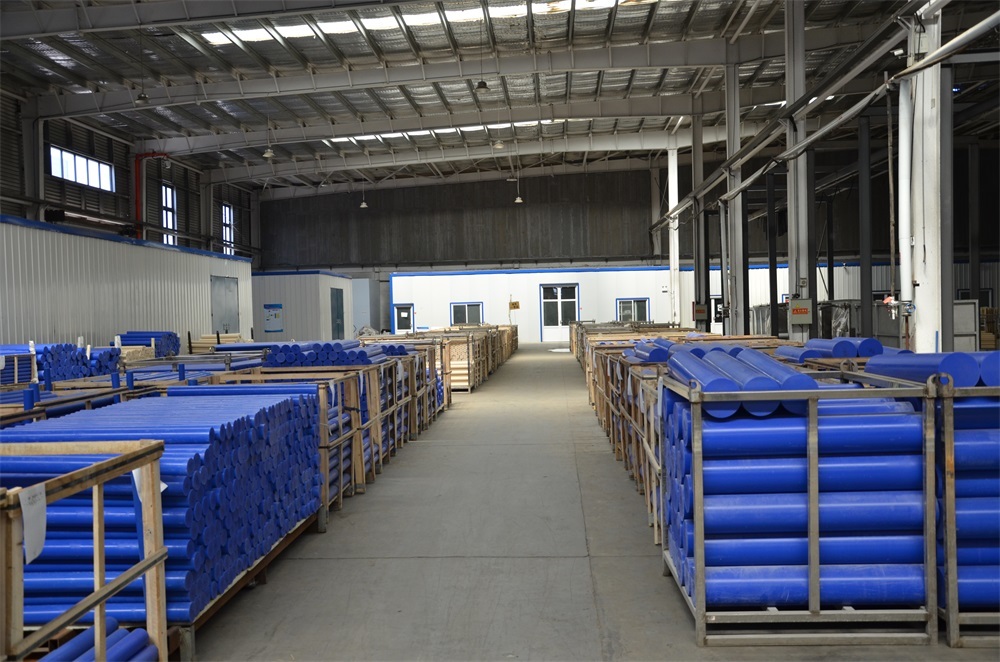Composite Materials: The Unsung Heroes of Modern Engineering
2025-06-27

What Are Composite Materials?
Composite materials, often dubbed the "superheroes" of the material world, are made by combining two or more distinct materials to achieve a product with enhanced properties. Imagine a delicious sandwich: the bread adds structure, while the filling provides flavor and nutrition. Similarly, in composite materials, one component may offer strength, while another brings flexibility. This combination creates a product that can outperform traditional materials, making them a go-to choice in various applications.
A Brief History of Composite Materials
Believe it or not, the concept of composites isn’t new. Dating back to ancient times, folks were already mixing materials to create stronger structures. Think of the mud bricks used in early architecture or the layered wood of longboats. Fast forward to the 20th century, and we see composites like fiberglass and carbon fiber taking center stage. These innovations paved the way for everything from sports equipment to aerospace engineering.
Why Choose Composite Materials?
Now, you might be wondering, why stick with composite materials? Well, there are several compelling reasons:
- Lightweight: Many composites are lighter than metals, which is a game-changer in fields like aviation where every ounce counts.
- Strength: Despite being light, composites can be incredibly strong, often boasting a higher strength-to-weight ratio than steel.
- Corrosion Resistance: Composites don’t rust, which means they can last longer in harsh environments.
- Design Flexibility: With composites, the design possibilities are nearly endless. Manufacturers can mold them into complex shapes, unlike traditional materials.
Applications of Composite Materials
Alright, let’s get down to brass tacks. Where are these composite materials being used? You’d be surprised!
Aerospace and Aviation
In the skies, every pound matters. That’s why aerospace engineers are all about composite materials. From the fuselage of airplanes to the wings of drones, these materials help improve fuel efficiency and performance.
Automotive Industry
Car manufacturers are jumping on the composite bandwagon, too. With consumer demand for fuel-efficient vehicles, lighter materials mean better mileage. We’re talking everything from bumpers to body panels made from composites, making cars safer and more efficient.
Sports Equipment
Ever swung a tennis racket or hit a golf ball with a composite club? You might not realize it, but these materials are everywhere in sports equipment. They enhance performance, reduce vibration, and improve durability, making your game a whole lot better!
Construction and Infrastructure
Composite materials are not just for high-tech industries. In construction, they’re used in bridges, buildings, and even roads! Their resistance to corrosion and extreme weather makes them a perfect choice for long-lasting infrastructure.
The Future of Composite Materials
So, what does the future hold for composite materials? Buckle up, because it’s looking bright! With advancements in technology, researchers are continuously developing new composites that are even lighter, stronger, and greener. Imagine composites made from recycled materials or biocomposites sourced from plants. The possibilities are endless!
Challenges Ahead
However, it’s not all sunshine and rainbows. The production process of some composite materials can be costly, and recycling them remains a challenge. But with innovation driving the industry, solutions are on the horizon.
Conclusion
Composite materials are truly the unsung heroes of modern engineering, revolutionizing how we build and design everything from airplanes to sporting goods. As we continue to push the boundaries of technology, it’s clear that these materials will play a pivotal role in shaping our future. So, the next time you marvel at a sleek airplane or a high-performance bike, remember the incredible composite materials behind the scenes!
TAG:
Related News
Exploring the Power of Composite Materials in Modern Industry Solutions



